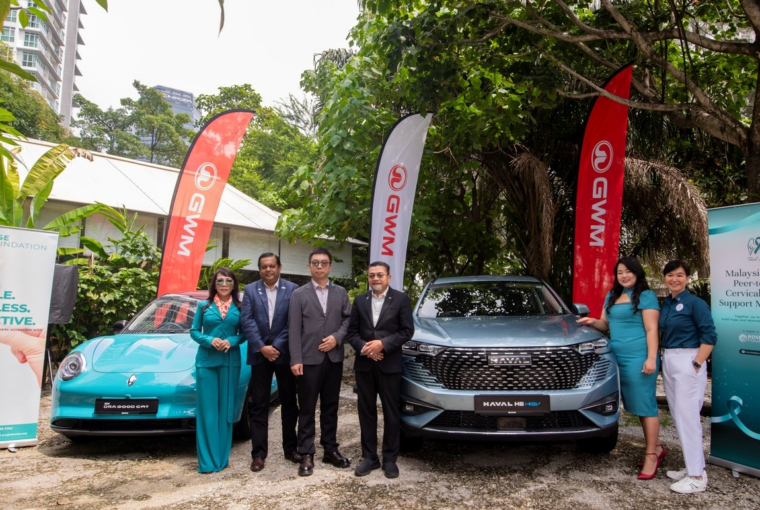There are few topics that still shroud women in silence like the word Cancer. For too long, the essential conversations around women’s health—especially one as preventable as Cervical Cancer—have been whispered in clinics or buried under layers of cultural stigma. We have normalized shame and fear while a disease that the World Health Organization (WHO) aims to eliminate by 2030 continues to steal our sisters, mothers, and daughters.
But a tectonic shift is happening in Malaysia, and it’s being led by a different breed of advocacy. It’s time to stop treating this as a polite charity cause and start viewing it as the social empowerment movement it truly is.
Last week, we witnessed a shift in the way Malaysia addresses a crisis. The lighting up of Merdeka 118 and Kuala Lumpur’s skyline in a fierce, defiant teal wasn’t just a spectacle; it was the signal flare of a movement determined to stop a silent, systemic killer.
I’m talking about Cervical Cancer, and the launch of Teal Asia, spearheaded by the straight-talking, Selina Yeop Junior, in partnership with GWM Malaysia and the ROSE Foundation. This isn’t your Sunday charity drive. This is a rebellion against shame, silence, and the unforgiving statistics that plague women, especially in the developing world.
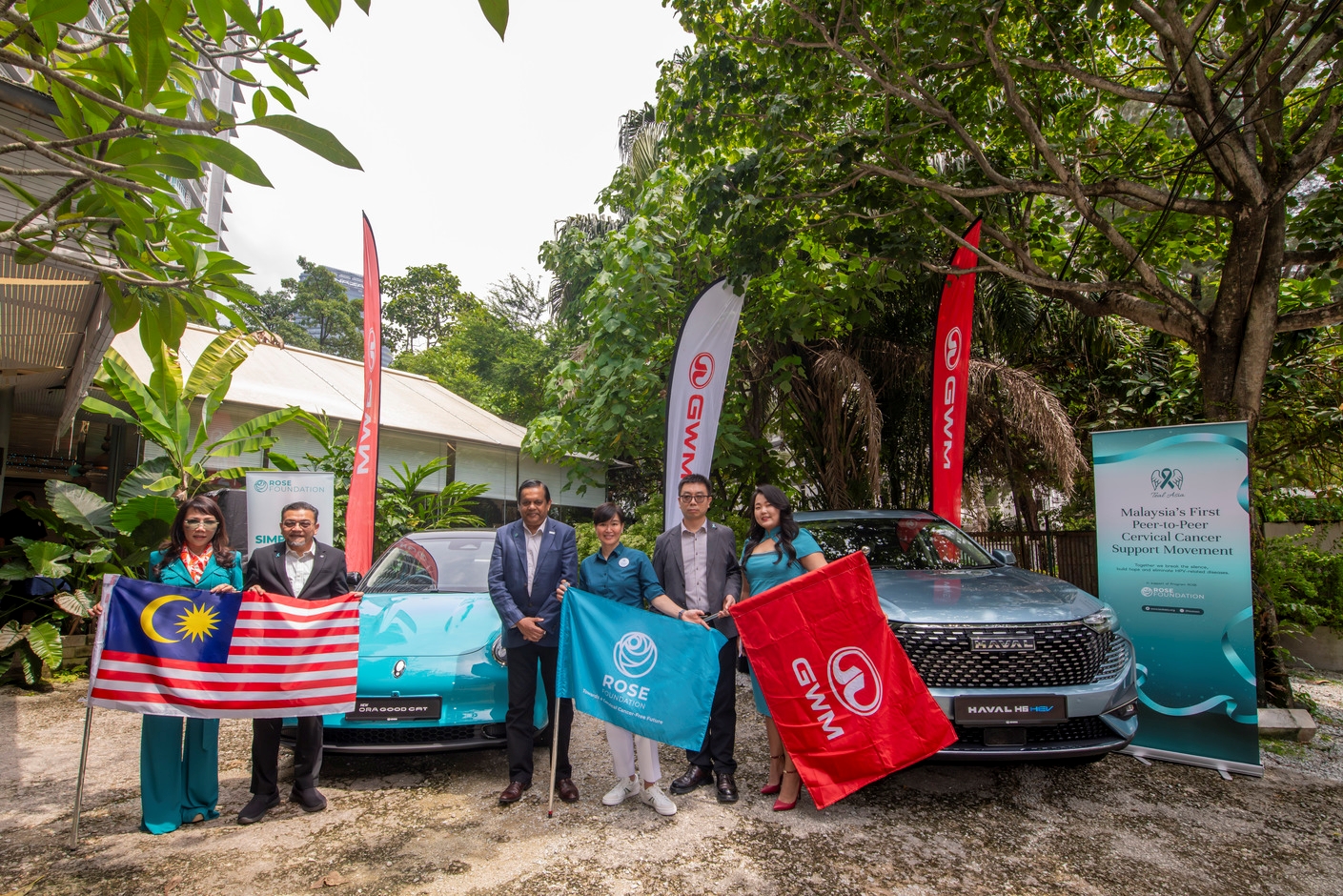
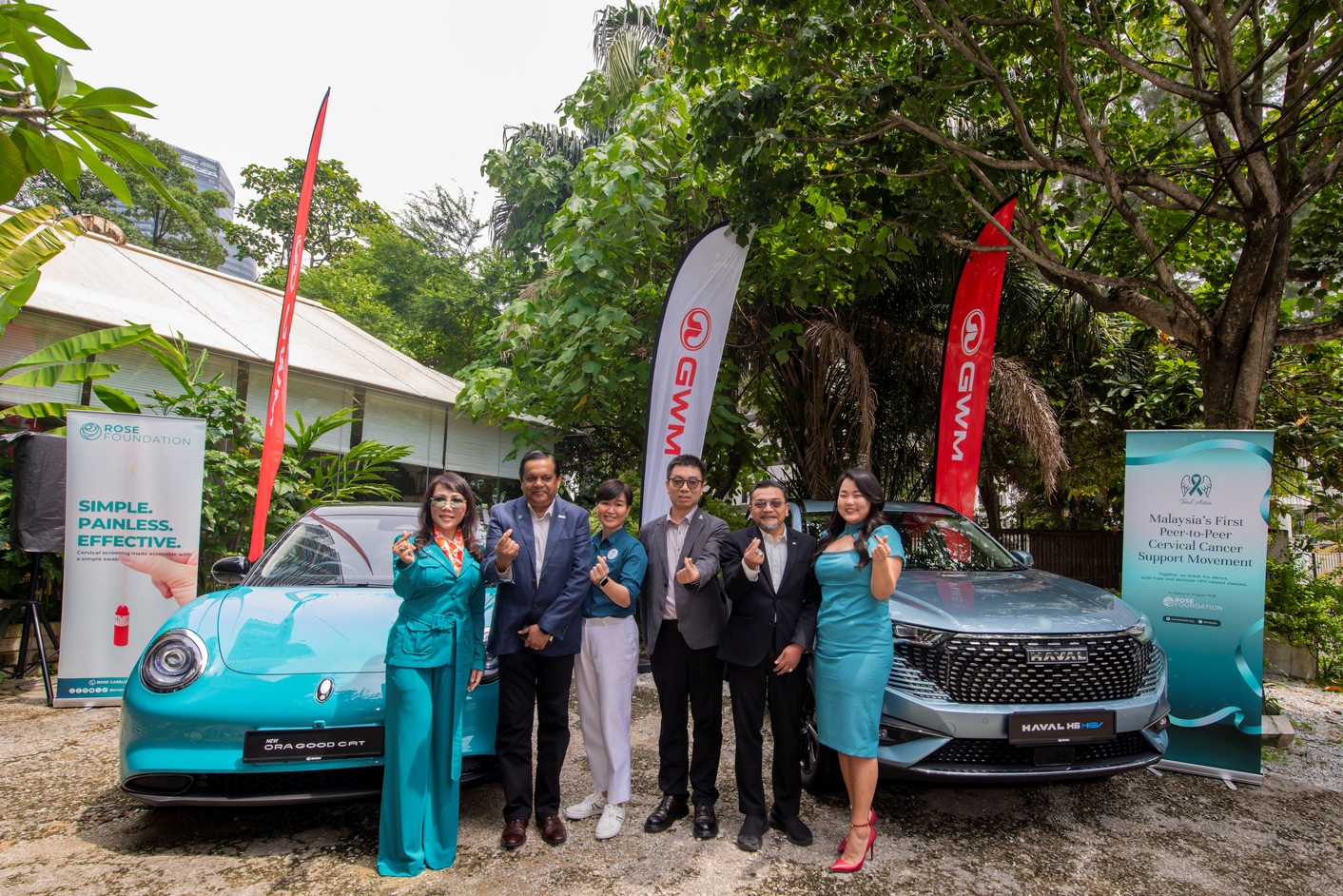
The Uncomfortable Truth: Global & Malaysia’s Reality
We can’t fight what we don’t look at. So, let’s look.
Globally, cervical cancer is the fourth most common cancer in women. Every single year, approximately 660,000 new cases are diagnosed, and a devastating 350,000 women die. Understand this: one life is lost every two minutes to this almost entirely preventable disease. The inequality is stark: over 90% of these deaths occur in low- and middle-income countries (LMICs)—a grim category Malaysia must acknowledge it is close to.
In Malaysia, the numbers hit home:
-
Cervical cancer ranks as the 4th most frequent cancer among all women.
-
More terrifyingly, it is the 2nd most frequent cancer among women aged 15 to 44 years old. This means it is snatching mothers, young professionals, and future leaders at the peak of their lives.
-
Current estimates show 1,740 Malaysian women are diagnosed and nearly 1,000 die from this disease annually.
-
While Malaysia has made progress, a critical alarm is ringing: the percentage of cases detected at Stage 3 and 4 has tragically increased to 65.1%. Late detection is a death sentence, and the cultural barriers to screening are the executioner.
Read more on women’s empowerment, body image, and health/wellness as a form of social action. “The Beauty Thirst: Between Empowerment, Excess, and Society’s Judgment”
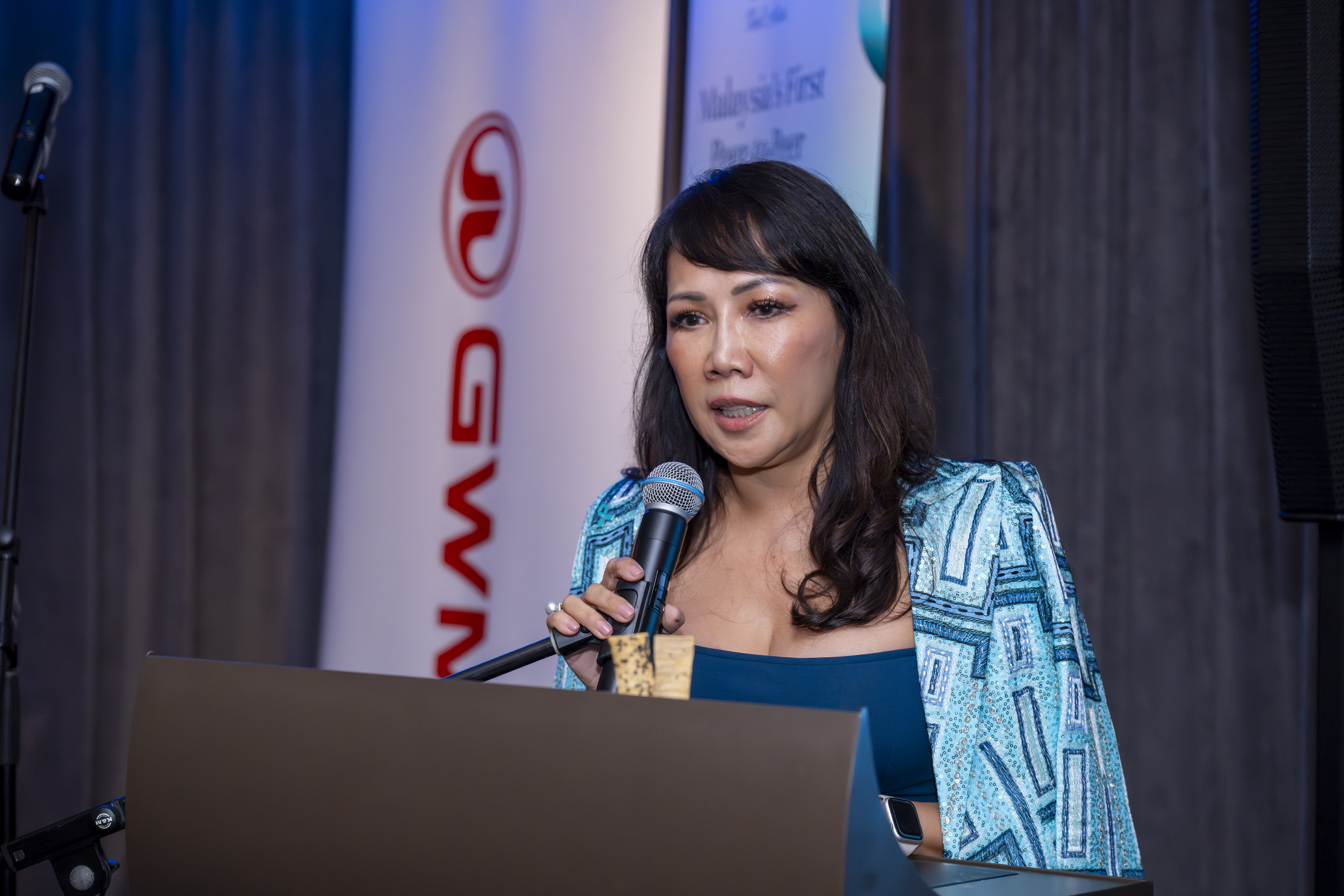
The Selina Doctrine: The Philosophy Driving The Movement
In an insightful post-launch conversation, Selina Yeop Junior, a survivor and WHO-recognised patient advocate, clarified the fierce conviction behind the Teal Asia movement. Her answers reveal why a simple charity model is insufficient for this global health crisis:
Q1: Why brand Teal Asia is a ‘movement’ and not a traditional NGO or foundation?
“I didn’t want to call it a foundation or a non-governmental organisation – I want it to be a movement that can engage with as many people as possible, so that anyone can be part of it by believing in it and playing their part. This is how I believe we will reach elimination goals.”
Q2: What is the single biggest psychological or social barrier to cervical cancer elimination in Malaysia?
“We must normalise conversation around this topic… The mission is not just to raise money but so that people will no longer be hesitant to talk about it or go for screenings.”
Q3: Beyond the clinical, what is the most vital, non-medical element needed to support a woman through this journey?
“Everybody can play a role, not just in elimination but through support, which is why Teal Asia is all about peer-to-peer support, whether it’s for caregivers, families or global health implementers. Husbands and children also play an important role.”
This is why Teal Asia’s approach is necessary. We need the sleek, corporate visibility of GWM and the emotional draw of a towering teal skyscraper to break through the apathy. We need glamour and purpose to make noise.
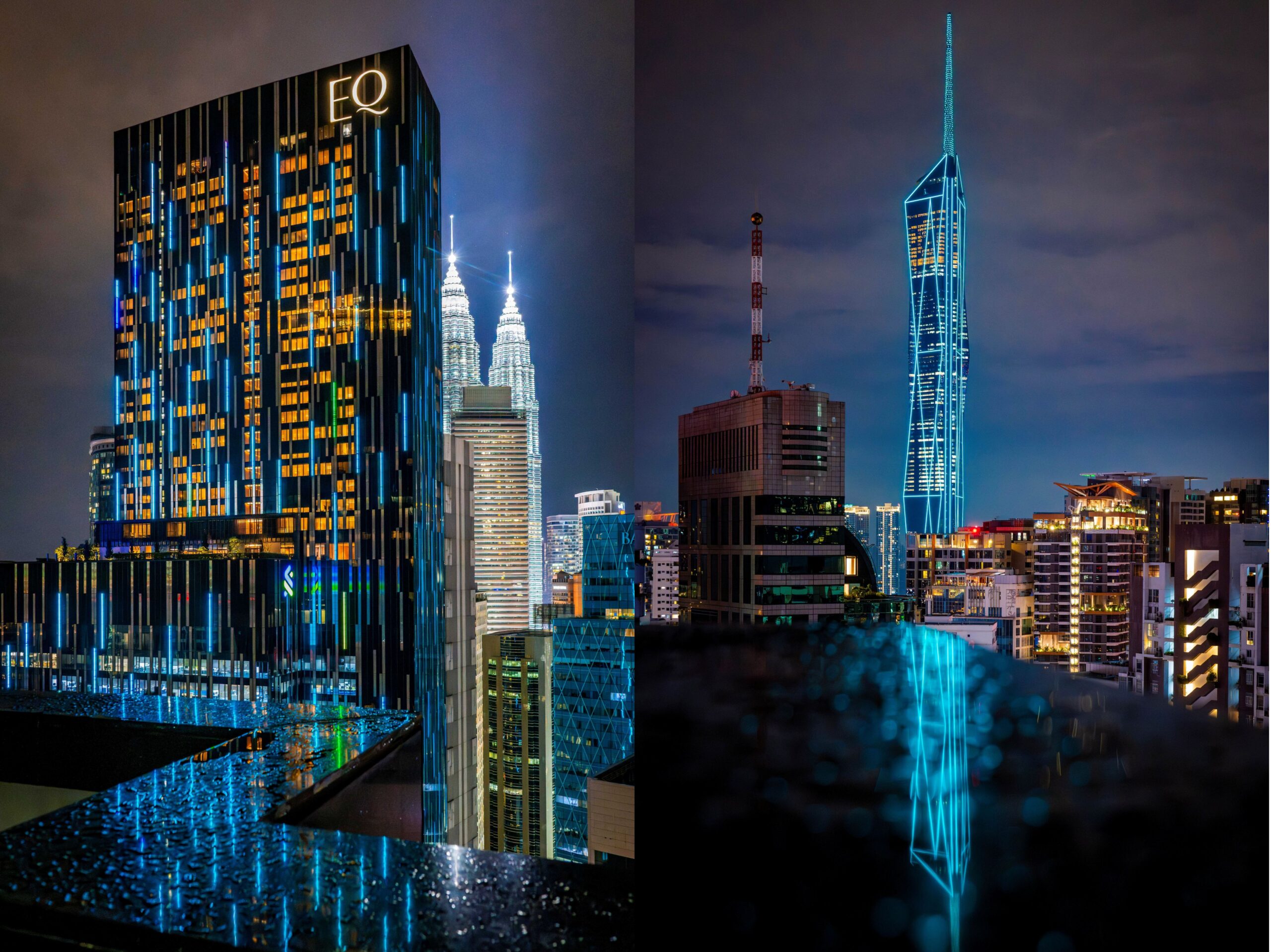
The Road Ahead: 90-70-90 is Our Minimum
The launch was a success, with GWM Malaysia directing their remaining sponsorship balance to the ROSE Foundation to expand outreach and screening efforts. The light shone bright on Merdeka 118. But the work has just begun.
Our target is not just to reduce the burden; it is elimination. The World Health Organization (WHO) has given us the roadmap—the 90-70-90 strategy to be achieved by 2030:
-
90% of girls fully vaccinated against HPV by age 15.
-
70% of women screened with a high-performance test by ages 35 and 45.
-
90% of women identified with cervical disease receive treatment.
So, to every woman who read this far: The time for whispered fear is over. The time for proactive, proud, and purpose-driven action is now. Get screened, get vaccinated, and refuse to let yourself or the women in your life become another unforgiving statistic. The light has been turned on; now we must walk into it. The Teal Revolution demands it.
Want to know more on how you can be a volunteer? Email: selina@tealasia.org / lydia@tealasiaa.org
———————————————————————————————————————————————————————-
Look forward to seeing you at our next EMPOWER: Read `Beauty Beyond Ageism: Redefining Radiance at Every Age”
For media partnerships and invitations, email: etheldacosta@gmail.com
